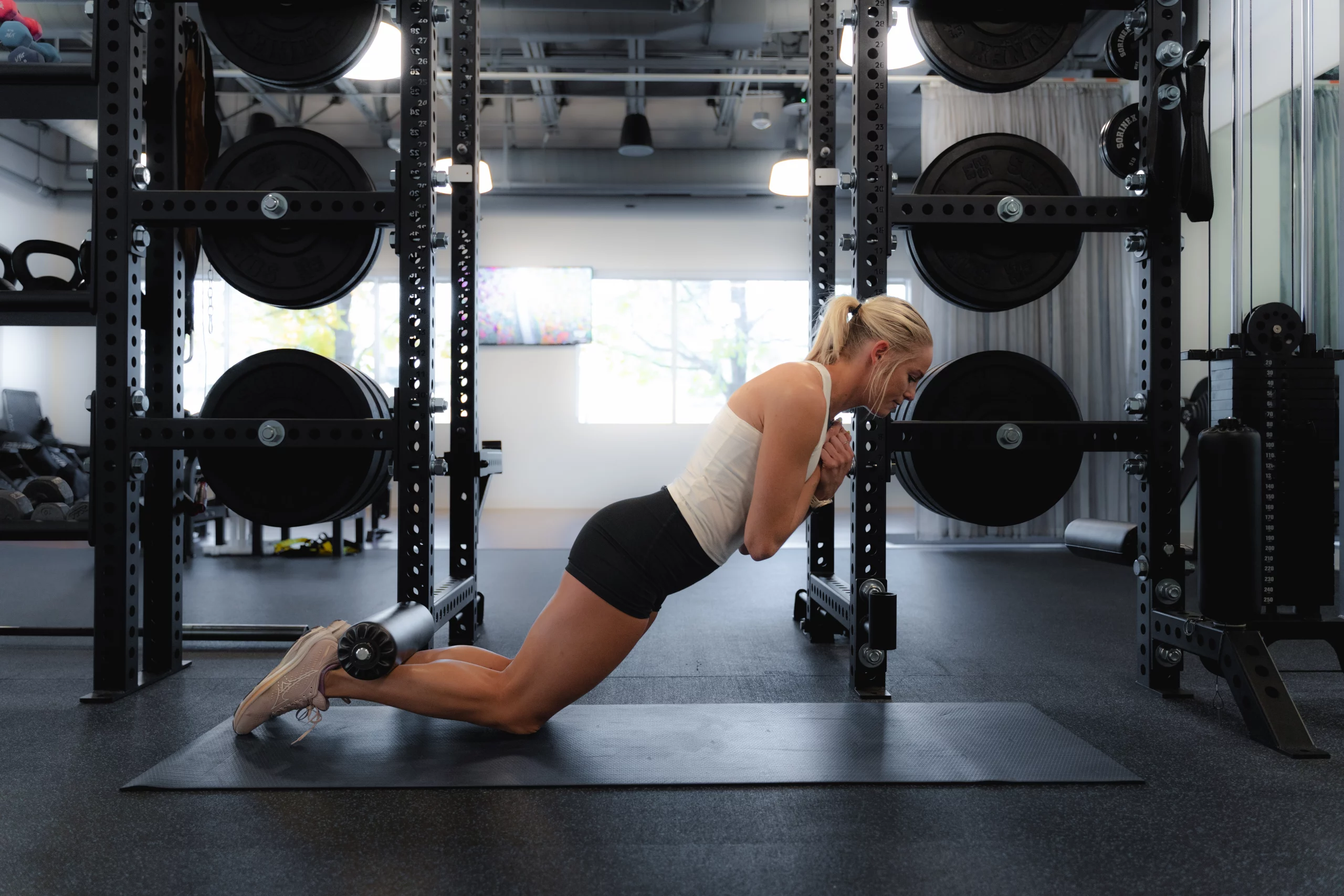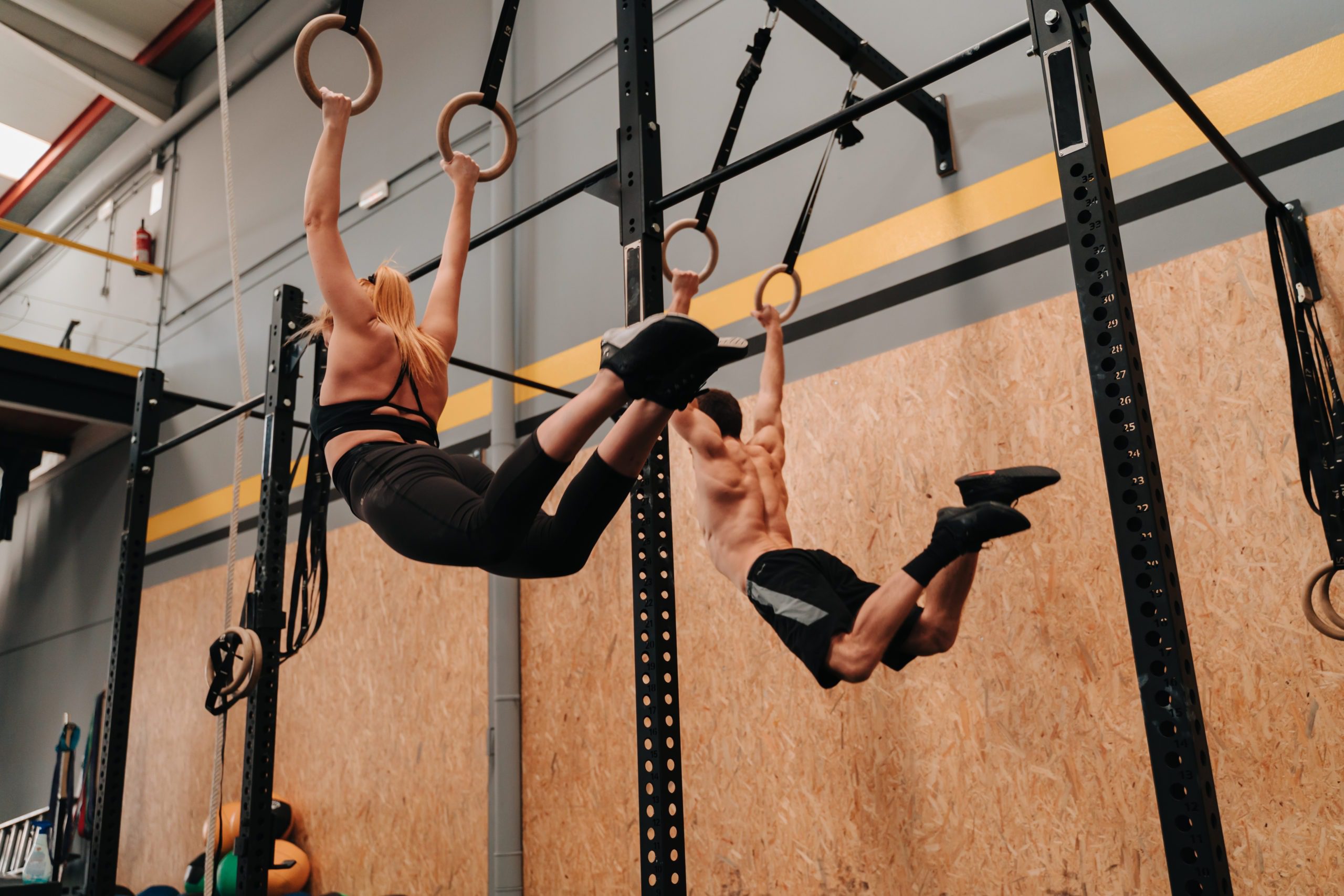Nordic Hamstring Curls For Dummies

“These are hard as shit!” -Molly, our content editor when modeling the Nordic hamstring curl. If you’ve ever tried them, you can confirm. If you’ve heard of Nordics but never done them, or tried them only to flop on your belly a few times, this blog is for you.
Fred Ormerod is a strength and conditioning coach, an army reserve medic, a nurse, and a master’s student working out of one of Edinburgh’s leading training facilities. He’s worked with athletes at all levels, from first-year amateurs to national champions. Read on to find out why you should be adding Nordics to your training and how to do them right.
Fred Ormerod


Change the Way You Train
The Benefits of Nordic Hamstring Curls
While not the most conventional posterior chain movement, Nordics are a surefire way to target your hamstrings for serious strength and hypertrophy.
Here are the best benefits of regularly training Nordics.
They Focus on Eccentric Loading
Nordic curls are a useful tool primarily because they create a huge amount of tension/activation during the eccentric (“elongation”) phase of hamstring movement. Your hamstrings lengthen at both ends during the downward movement. So, even if you can’t perform the exercise both down and up, it’s possible to achieve great results from the eccentric portion alone.
Using only this lengthening phase of the movement is known as eccentric overload training (EOT). EOT has been shown to increase strength, hypertrophy (muscle fiber size and number), range of motion and has what is known as a ‘repeated bout effect’ — training can be repeated more frequently with greater total volume, resulting in less muscle fatigue. EOT can also be performed with loads up to 140% of a 1 rep max effectively, which really just makes you feel like a boss.
They Help Prevent Hamstring Injuries
Hamstring injuries are one of the more common injuries in sports such as soccer, rugby and track. Which is not surprising when you consider the forces at play (see my previous article, Strength Training for Runners). Hamstring cramps and strains occur frequently in the eccentric phase of contraction in sprinters and athletes. I don’t doubt that many of us have seen someone pull up lame after setting off at full tilt after a runaway ball.
Training the hamstrings to withstand this level of eccentric loading is the best way to prevent any number of injuries. In fact, one meta-analysis showed that including Nordics into a hamstring injury prevention protocol found 51% reduction in hamstring injuries.
They Don’t Need a Ton of Time or Reps
Studies have shown that as few as 8 reps of Nordics per week (yes, you’re reading that correctly) can be enough to maintain current hamstring integrity for athletes in season. This obviously varies between sports, but the time it takes to perform so few reps in a training session bodes well for those of us short on time at the gym.
Leading soccer teams have been known to include sets of up to 15 reps of Nordics as a standard part of their injury prevention/performance plans, since the volume is easy to accumulate over a training week. This is common practice among groups who use ‘micro-dose’ strength programming where volume is split into smaller sessions more frequently throughout the training week.
They Look Cool as Sh**
After considering the solid scientific reasons for incorporating Nordics into your training, it’s definitely worth factoring that you’ll look really cool if you can do them in both directions. It never hurts to feel good about your training.
Added bonus cool points for holding unnecessary chains around your neck. Extra credit if you can work up to holding a plate at your chest to provide resistance at the top of the movement.
How To Do Nordic Hamstring Curls
Setup
Figure out a way to trap your ankles safely. Find a friend who can hold onto them, or if you’re a lone wolf, the DB rack can be a useful setup. A loaded barbell (fixed in place so it won’t roll) or a GHD machine will also work.
Once you’re kneeling with your ankles secured, tense your glutes and core to maintain a straight line from your knees to shoulders. Cross your arms over your chest.
Execute
Start to fall forwards until you hit a ‘breaking point’ where your hands leave your chest to catch yourself and you lose body rigidity.
So long as the angle between your legs and back is around 100° the rep is effective, so don’t worry if it seems as though you’re not getting very far forward, or for that matter bringing yourself back up under the tension of your hamstrings.
Return
Catch yourself if necessary — it might be worth having a good landing spot like a cushion or mat just in case.
It’s not necessary (if you can’t) to bring yourself back up to the starting position with your hamstring strength alone. In the same way you might practice negative pull ups to get better at pull ups, negative Nordics are going to do the trick.
Come back to kneeling and wriggle up to the starting point or, if you’re a hamstring ninja… tense and pull through your hamstrings to bring yourself back upright.
Possible Nordic Curl Variations
Here are a few easier or more advanced options if you’re looking to incorporate more eccentric overload training into your sessions.

Want Training Tips, Exercise Guides & Knowledge Bombs Sent to Your Inbox?
Sign up for the FitNerd newsletter from TrainHeroic
Related articles
3 Ways to Improve Mobility Without Stretching
Are you still trying the endless foam rolling and stretching exercises to get that deep squat position? We know how important mobility is for great, or even GOOD performance. All professional athletes have some comfortability in end ranges of motion. So, what else do...
The Ultimate Guide to Lunges: Queen of all Glute Exercises
Your glutes are the largest muscle group in your body. They’re responsible for almost everything your legs do—walking, running, jumping, squatting, lunging, and just standing upright. As far as moving through space goes, strong glutes are the bedrock of overall...
A Beginner’s Guide to Steel Mace Training
Author: Jesse Grund
Mace training will make you a better mover without it’s not confining you to a fixed space or predetermined range of motion. Second, it’s an offset load with 80 to 90 percent of the weight in the head. You’re also constantly having to resist rotation, which creates greater core engagement.

Join the community
Sign up for the latest training news and updates from TrainHeroic

About TrainHeroic
Made with love, sweat, protein isolate and hard work in Denver, CO
© 2023 TrainHeroic, Inc. All rights reserved.





